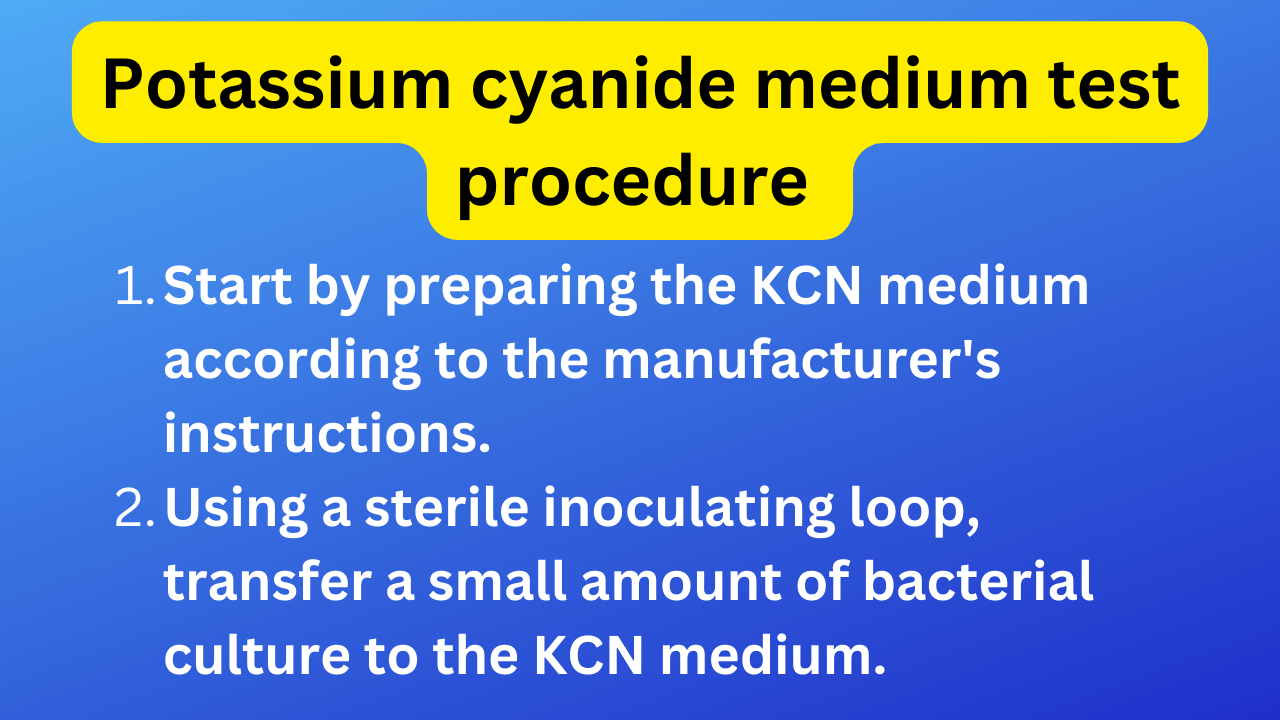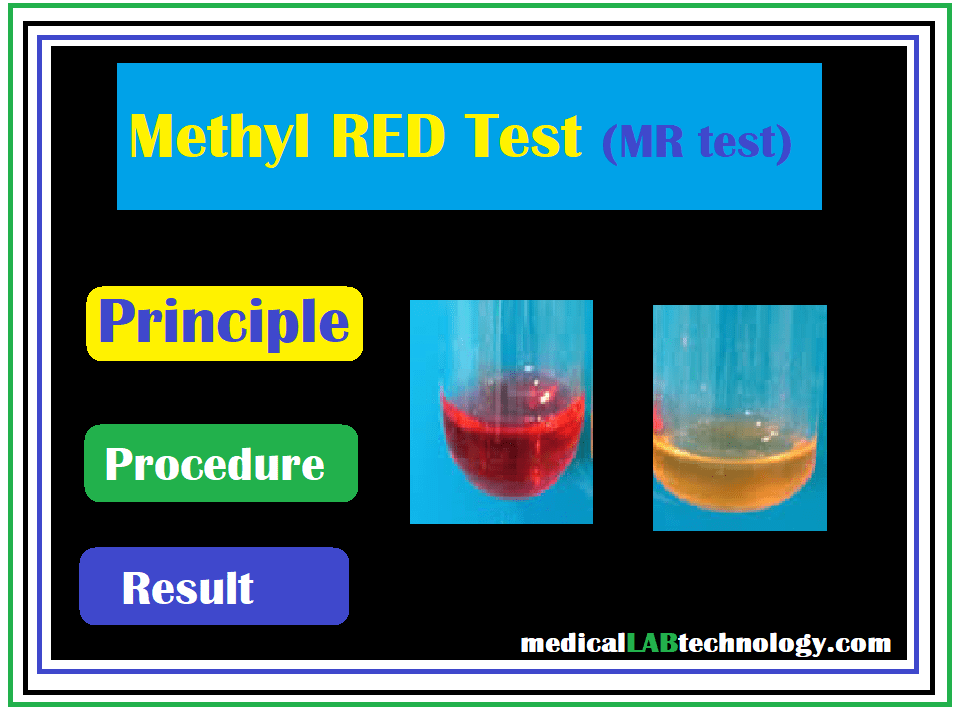Schick test procedure microbiology, interpretation (Dephtheria test)
The Schick test is a diagnostic tool used to determine an individual’s immune status against diphtheria toxin. Schick test principle The test involves injecting a small amount of inactivated diphtheria toxin just below the surface of the skin, usually on the forearm. If the individual has sufficient levels of antibodies against the toxin, there will … Read more



